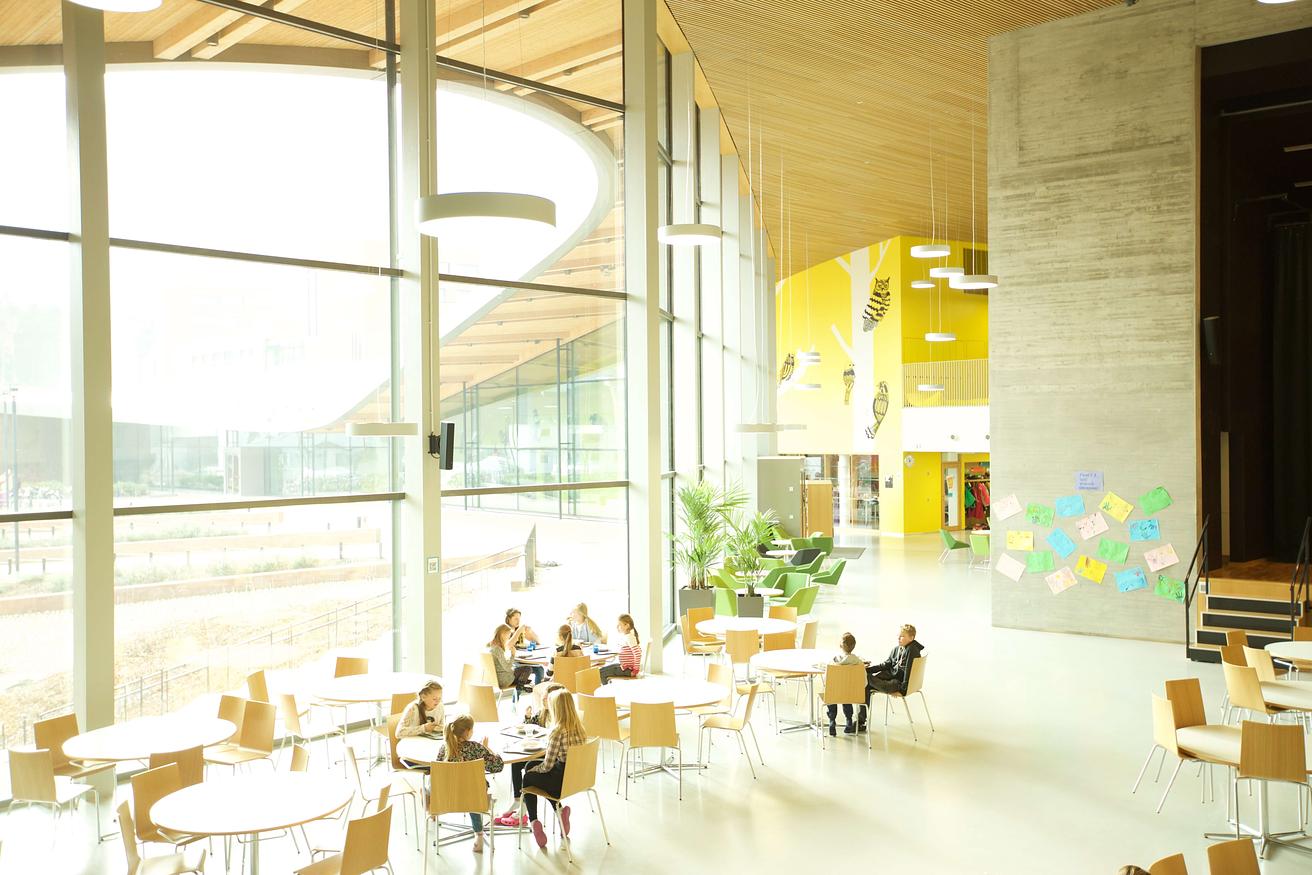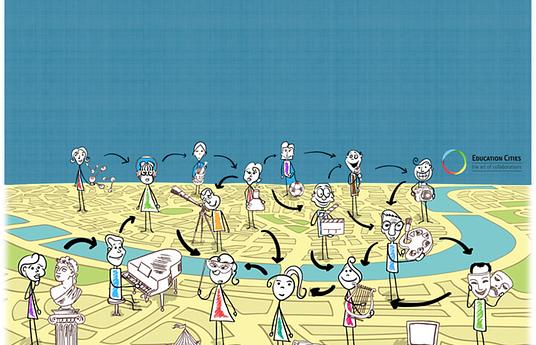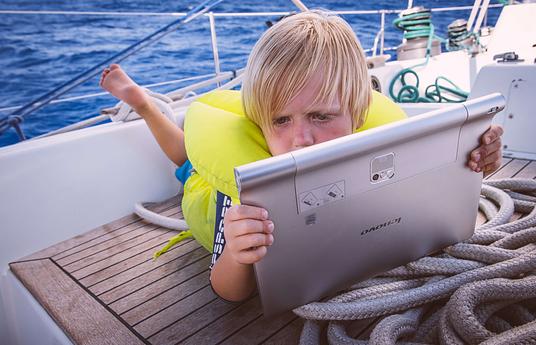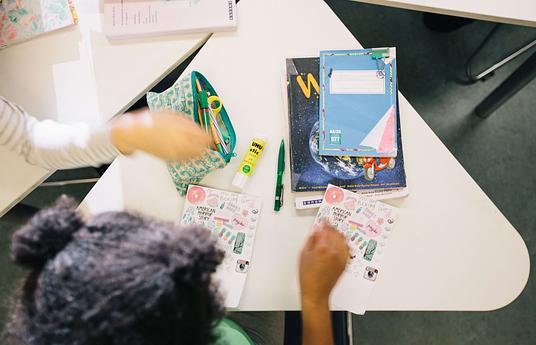Alternative learning environments are popping up all over the globe, rebelling against the formal classroom setting that has dominated since standardized education began.
Some go so far as to reject the whole notion of school, such as this school in New Zealand which favours a historic hunter-gatherer style day routine, with maths and literacy coming in afterwards as and when the children want to learn academic pursuits.
Want to know about more alternative learning environments? We’ve selected some of the most inspiring examples from around the globe…
The Sapling Academy uses a school’s greenhouse as a means to teach students about environmental issues, sustainable development, and entrepreneurial skills. Students take care of the school’s plants and animals, and sell and market any produce they make.
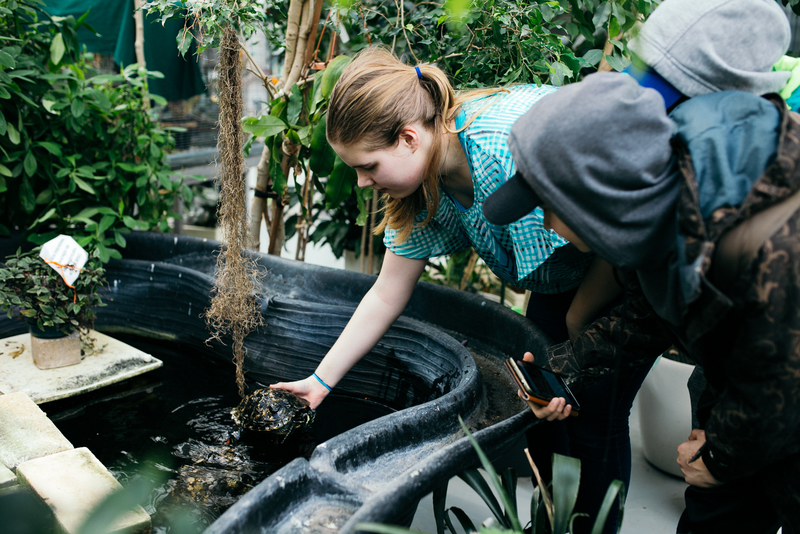 The Gaming Room - the ultimate opposite of the New Zealand school - is a project which harnesses children’s technological pastimes into educational tools. This school has created a room where children can play their way to learning.
The Gaming Room - the ultimate opposite of the New Zealand school - is a project which harnesses children’s technological pastimes into educational tools. This school has created a room where children can play their way to learning.
How about making use of a city’s resources? Education Cities partners schools with industries to help real-world learning come to life, which helps young people decide which direction they’d like their life to go in after school. Similarly we’re following a project in Finland which uses a city’s theatre as a learning environment – putting drama lessons in a real-life atmosphere.
What about transforming school buildings into more holistic, playful places to be? Fuji Kindergarten does just that. The school has hardly any walls favouring an open environment where children can flow from classroom to classroom. Barriers between inside and out are also broken, and children are encouraged to explore and learn through play. (We wrote a whole blog post about Fuji Kindergarten here.)
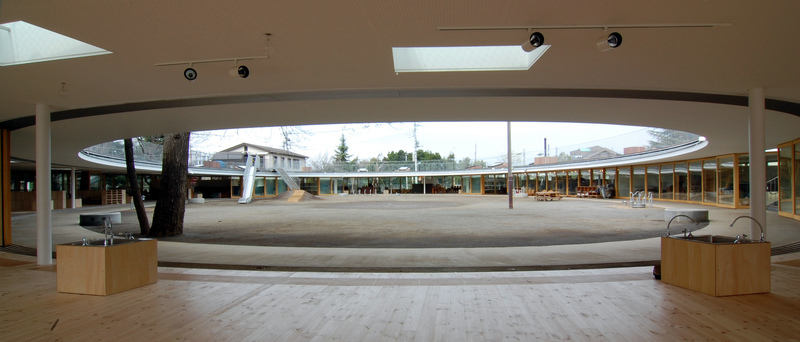 Feeling even more ambitious? How about taking to the high seas! The School on a Sailboat is travelling the world, collaborating with schools all round the world whilst developing and promoting personalized learning formats. The three children on board with their parents have a digital school prototype and will experiment with learning-to-learn methods along with the use of technology, such as tablets, in education.
Feeling even more ambitious? How about taking to the high seas! The School on a Sailboat is travelling the world, collaborating with schools all round the world whilst developing and promoting personalized learning formats. The three children on board with their parents have a digital school prototype and will experiment with learning-to-learn methods along with the use of technology, such as tablets, in education.
